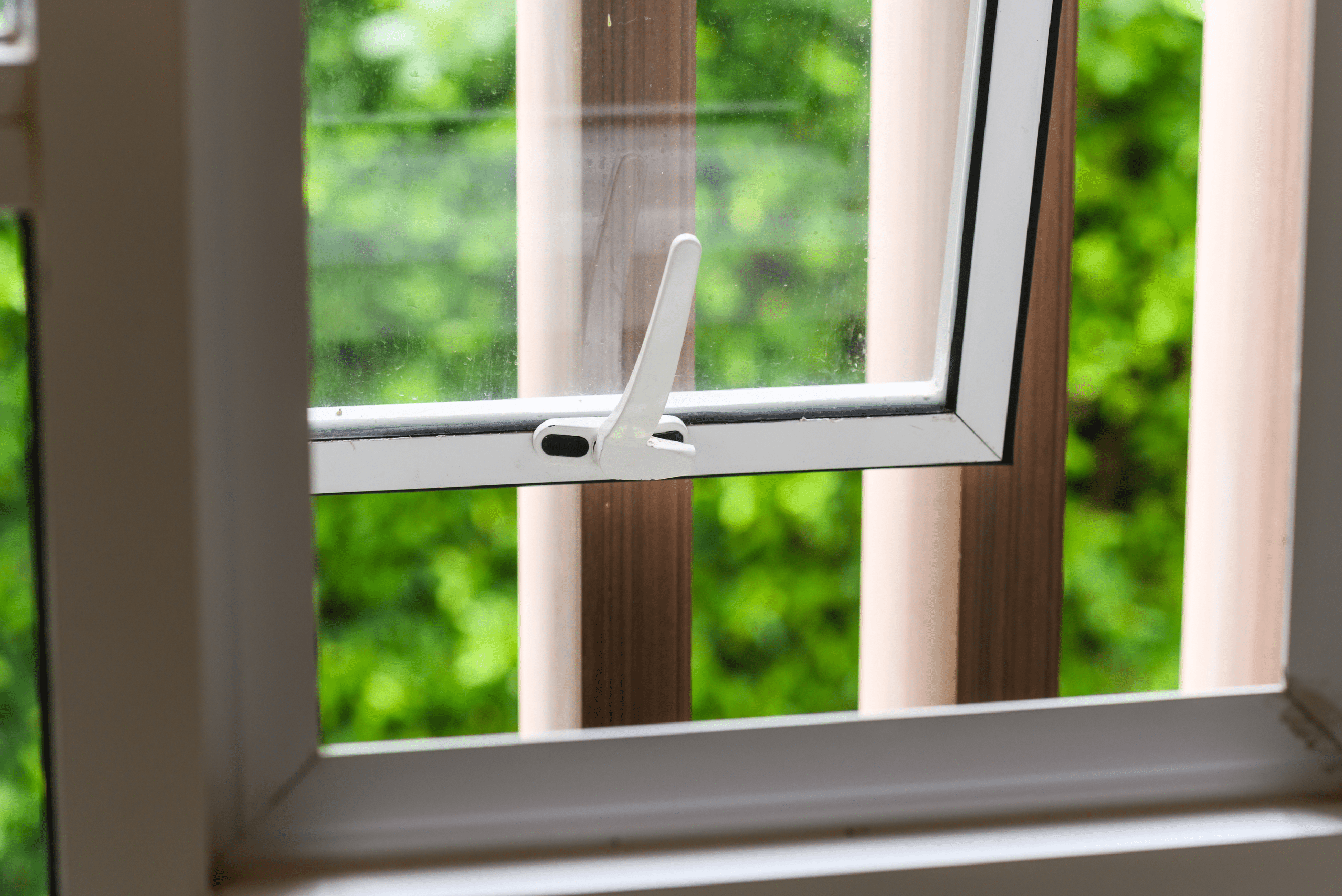This DIY Hack Will Keep Your Windows Condensation-Free
As the temperature drops outside, many homeowners find themselves battling an annoying indoor issue: condensation on windows. Those pesky water droplets not only obstruct your view but can also lead to more serious problems like mold growth and damage to window frames. But fear not, as we’ve got a simple, affordable hack that will help you keep your windows clear and your home healthy.
Before we dive into the solution, let’s take a moment to understand why condensation occurs and why it’s essential to address this issue. By gaining insight into the root cause, you’ll be better equipped to tackle the problem head-on and maintain a comfortable, moisture-free living space.
Understanding What Causes Window Condensation
Condensation on windows occurs when warm, moist air comes into contact with a cold surface, such as a window pane. As the air cools down, the moisture it contains turns into tiny water droplets, creating that familiar foggy appearance on your windows. This phenomenon is particularly common during colder months when the temperature difference between indoor and outdoor air is more pronounced.
Several factors can contribute to increased condensation in your home. Activities like cooking, showering, and even having a large number of houseplants can release moisture into the air, raising indoor humidity levels. Poor ventilation can exacerbate the problem by trapping this humid air inside. Understanding these causes is the first step in effectively combating window condensation.

The Hidden Dangers of Persistent Condensation
While foggy windows might seem like a minor annoyance, persistent condensation can lead to more serious issues if left unchecked. The excess moisture creates an ideal environment for mold growth, which can pose health risks and damage your window frames over time. Mold spores released into the air can trigger allergies, respiratory problems, and other health concerns, especially for those with pre-existing conditions.
Moreover, prolonged exposure to moisture can cause wood window frames to rot, paint to peel, and metal components to rust. This not only affects the aesthetic appeal of your windows but can also compromise their structural integrity, potentially leading to costly repairs or replacements down the line. By addressing condensation early, you can prevent these issues and maintain a healthier, more comfortable living space.

The Simple Hack: A DIY Solution to Stop Condensation
Now that we understand the importance of tackling window condensation, let’s dive into the simple hack that can help keep your windows clear. This easy-to-implement solution requires just a few inexpensive supplies and a bit of regular maintenance. Here’s what you’ll need to get started:
1. A jar of bicarbonate of soda (baking soda)
2. A mold spray cleaner
3. A cleaning cloth or rag
To put this hack into action, start by fully opening your window curtains or blinds to allow complete access to the windowsill and surrounding areas. Place an open jar of bicarbonate of soda on the windowsill. This powerful moisture-absorbing agent will help reduce humidity levels in the immediate vicinity of your window.
Every two weeks, take a few minutes to inspect your windows and perform a quick cleaning routine. Use a mold spray cleaner and a cleaning cloth to wipe down the window frame, paying special attention to any areas where moisture tends to accumulate. This regular maintenance will help prevent mold growth and keep your windows in top condition.

Maximizing the Effectiveness of Your Condensation-Fighting Efforts
While the bicarbonate of soda hack is an excellent start, there are additional steps you can take to enhance its effectiveness and further reduce condensation in your home. Improving overall ventilation is key to managing indoor humidity levels. Consider using exhaust fans in high-moisture areas like bathrooms and kitchens, and make a habit of opening windows for short periods to allow fresh air circulation.
Investing in a dehumidifier can also make a significant difference, especially in particularly damp areas of your home. These devices work by removing excess moisture from the air, helping to maintain optimal humidity levels and reduce the likelihood of condensation forming on your windows.

Related Articles
- How to Unstick a Stubborn Window Without Breaking It
- How to Seal Drafty Windows and Doors Before the Chill Sets In
- How to Fix Faded or Cracked Caulk Around Windows and Doors
By implementing this simple hack and adopting a few additional moisture-control practices, you can say goodbye to foggy windows and hello to clear views. Not only will you enjoy an unobstructed outlook, but you’ll also be taking important steps to protect your home from mold growth and moisture-related damage. Remember, consistency is key when it comes to managing window condensation. Make this routine a regular part of your home maintenance schedule, and you’ll reap the benefits of clearer windows, improved indoor air quality, and a healthier living environment.
Ready to start your next project? Join our DIY community to receive tool tips, how-to guides, and exclusive creative insights. Subscribe to the ManMadeDIY newsletter now! Click here to unlock a world of hands-on inspiration.








